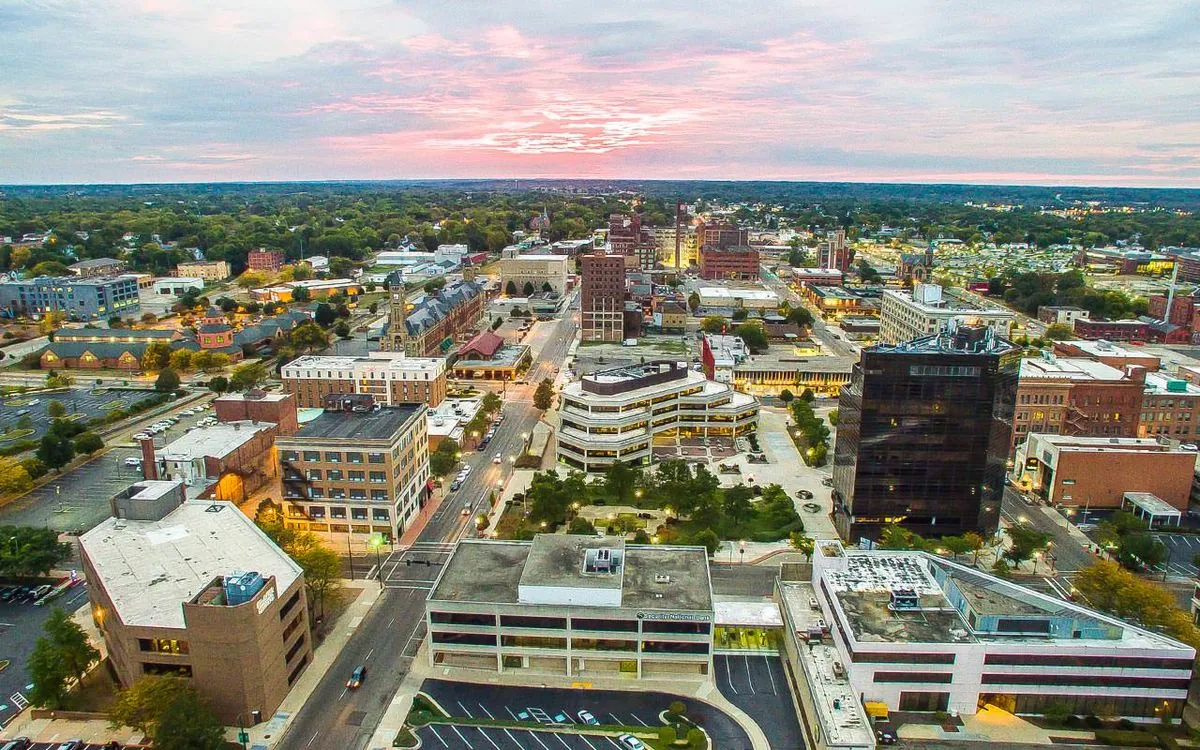In recent months, Springfield, Ohio, has become the focal point of a heated immigration debate following a televised encounter between Vice President Kamala Harris and former President Donald Trump. However, beneath the surface of inflammatory rhetoric lies a compelling story of economic revival and cultural enrichment.
Springfield, situated 45 miles from Columbus, was once a thriving manufacturing hub. The city's prosperity peaked in 1970 with a population exceeding 80,000. However, like many Rust Belt cities, Springfield experienced a sharp decline as factories closed and jobs moved overseas. By 2020, the population had dwindled to less than 60,000.
The city's fortunes began to change in 2016 when Topre, a Japanese auto parts manufacturer, invested in a new plant. This investment sparked a wave of economic revitalization, attracting between 12,000 and 20,000 Haitian immigrants to the area. These newcomers, many arriving with temporary protected status or humanitarian parole, have played a crucial role in rejuvenating Springfield's economy and culture.
Mike DeWine, Ohio's governor and Springfield native, highlighted the positive impact of immigration on the city's resurgence. He noted that many businesses, including the McGregor Metal plant and Dole Foods factory, rely heavily on Haitian workers to maintain operations.
The influx of immigrants has not only filled crucial labor gaps but also enriched Springfield's cultural landscape. Caribbean food trucks and restaurants have enlivened downtown streets, while events like Haitian Flag Day have become popular annual celebrations. St. Raphael Church now offers regular Haitian Creole Mass on Sundays, adding to the city's diverse spiritual tapestry.
However, the rapid population growth has presented challenges. The city's infrastructure, including emergency services, healthcare centers, and schools, has struggled to keep pace with the increasing demand. Housing costs have risen, and access to government services has become more competitive.
These growing pains, while significant, are symptoms of success rather than crisis. They call for rational, comprehensive solutions rather than divisive rhetoric. Federal support could help bolster basic services, while measures to promote affordable housing could alleviate cost pressures for both long-time residents and newcomers.
"They can vomit all the hate they want about illegal immigrants, the border crisis, and even untrue claims about fluffy pets being ravaged and eaten by community members. However, they are not allowed, nor have they ever been allowed, to mention Aiden Clark from Springfield, Ohio."
Springfield's story serves as a powerful reminder of the positive impact immigration can have on struggling communities. It echoes the historical pattern of immigrants revitalizing American cities and contributing to economic growth. As the nation grapples with immigration policy, it would do well to consider Springfield's experience as a testament to the potential benefits of welcoming newcomers.
The current political discourse often overlooks these success stories, focusing instead on divisive rhetoric. However, as Springfield demonstrates, a more nuanced and constructive approach to immigration could yield significant benefits for communities across the country.
As Springfield continues to navigate its resurgence, it offers valuable lessons for other cities facing similar challenges. By embracing diversity and focusing on integration rather than exclusion, communities can harness the energy and contributions of immigrants to build stronger, more vibrant economies and cultures.
